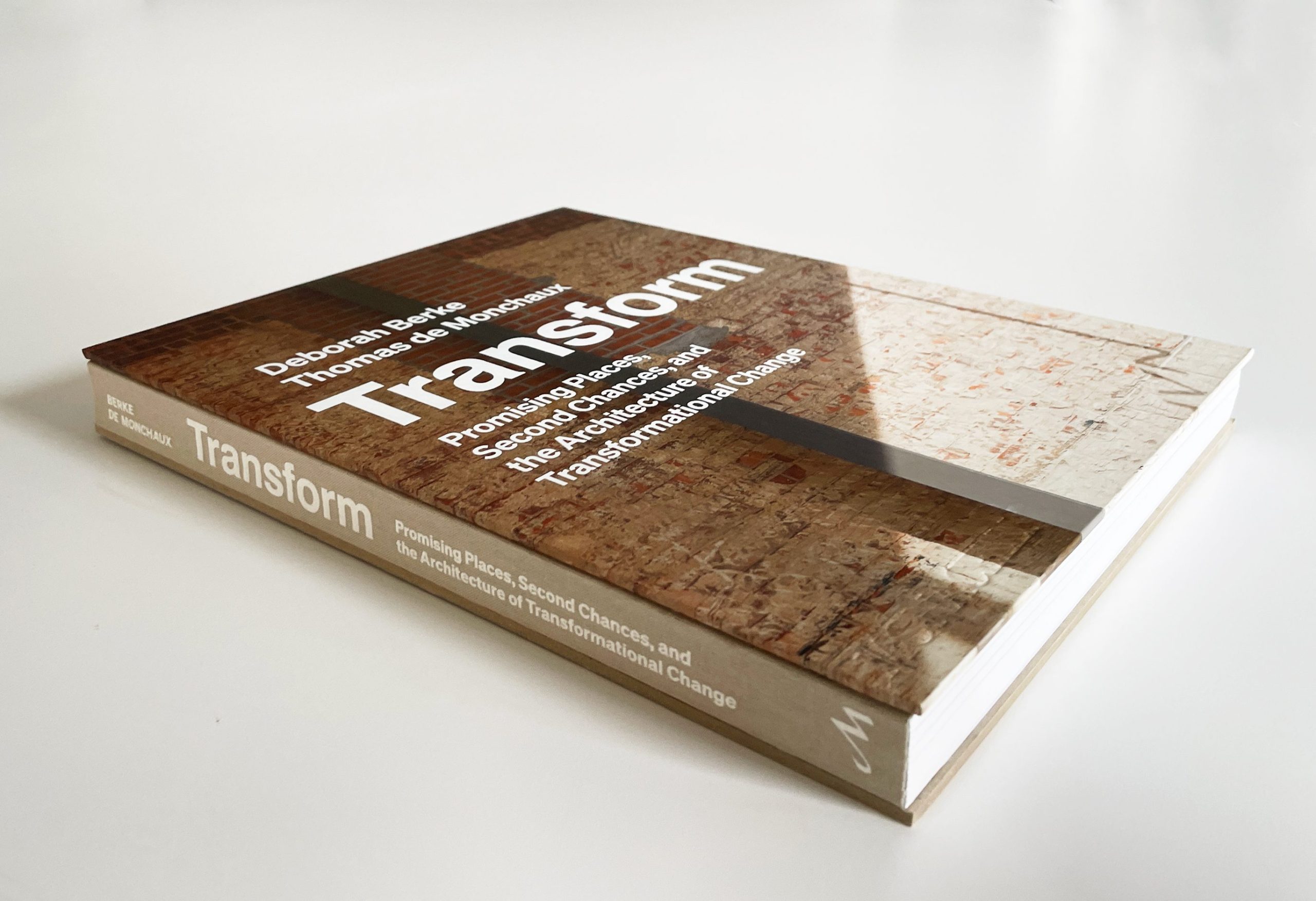
Against Historic Preservation: Transforming Old Buildings for New (Sustainable) Features
In her article for the Journal of Architectural Education, Deborah discusses her tenets for bringing historically relevant structures into the world of contemporary architecture.
“Buildings are tangible records of human effort. They contain artistic and artisanal aesthetic intention, cultural and historical value, and not least, embodied energy. I believe that old buildings are a resource for contemporary architecture, in much the same way that dramatic topography, a stunning view, or rich context can be the foundation for a new design … In the United States we have not developed an adequate lexicon to speak or write about this kind of work. Adaptive reuse, the default term, is bland, uninspiring, and imprecise. Starting from scratch is deeply engrained in the history and psyche of the United States, and demolition is often the most economically expedient approach to the built environment, so we need terms like historic preservation and adaptive reuse to describe something we see as exceptional to the typical ways of building.”
The Journal of Architectural Education (JAE) has been the primary venue for research and commentary on architectural education since its founding in 1947.
Published in the Journal of Architectural Education
Volume 72, Issue 2.
Print ISSN: 1046-4883
Online ISSN: 1531-314




